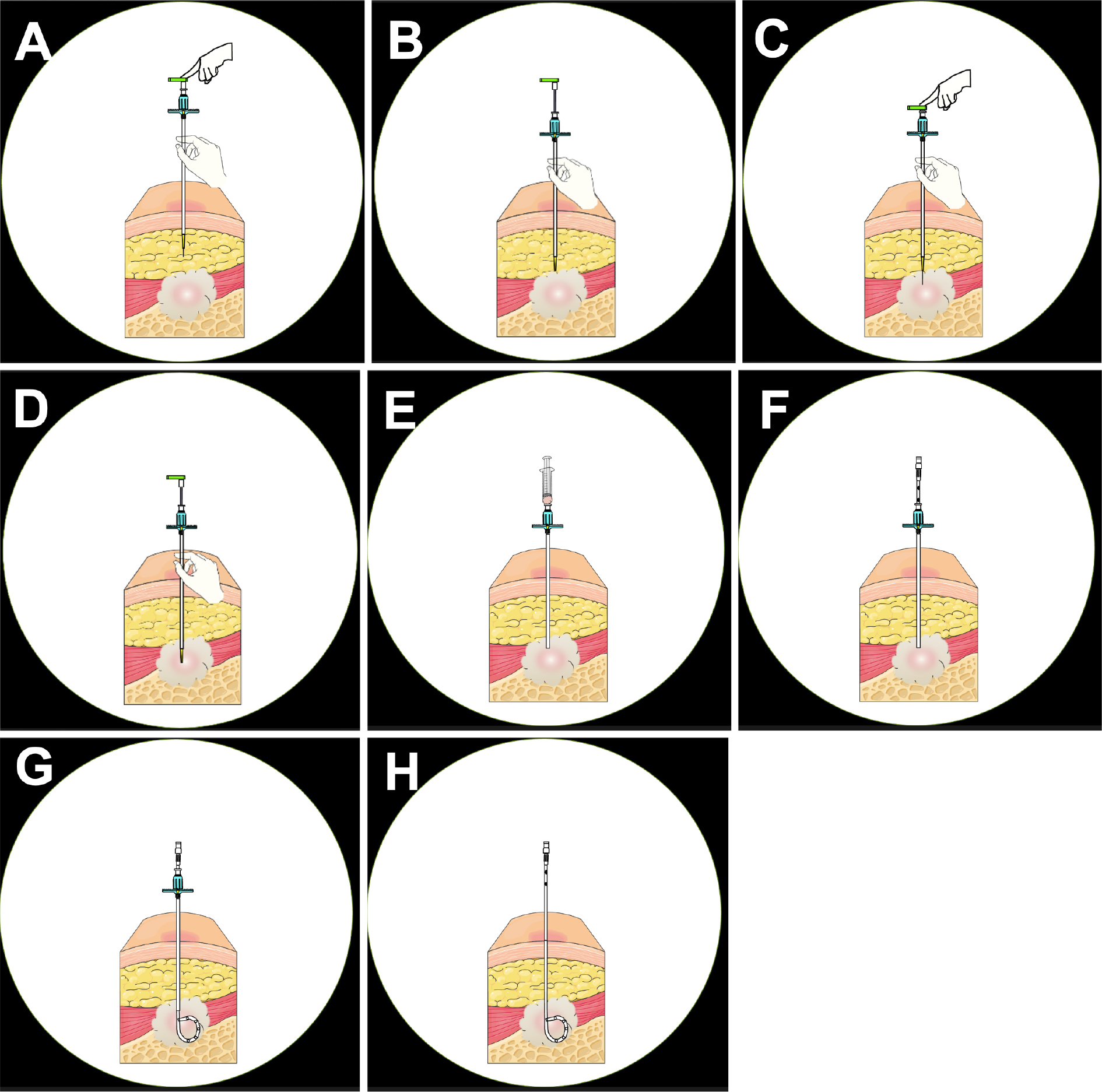- 著者
- Keisuke Anan Yuki Kataoka Kazuya Ichikado Kodai Kawamura Takeshi Johkoh Kiminori Fujimoto Kazunori Tobino Ryo Tachikawa Hiroyuki Ito Takahito Nakamura Tomoo Kishaba Minoru Inomata Yosuke Yamamoto
- 出版者
- Society for Clinical Epidemiology
- 雑誌
- Annals of Clinical Epidemiology (ISSN:24344338)
- 巻号頁・発行日
- pp.22008, (Released:2022-02-09)
- 被引用文献数
- 4
Background: This study aimed to develop criteria for identifying patients with acute exacerbation of idiopathic pulmonary fibrosis (AE-IPF) from Japanese administrative data and validate the pre-existing criteria.Methods: This retrospective, multi-center validation study was conducted at eight institutes in Japan to verify the diagnostic accuracy of the disease name for AE-IPF. We used the Japanese Diagnosis Procedure Combination data to identify patients with a disease name that could meet the diagnostic criteria for AE-IPF, who were admitted to the eight institutes from January 2016 to February 2019. As a reference standard, two respiratory physicians performed a chart review to determine whether the patients had a disease that met the diagnostic criteria for AE-IPF. Furthermore, two radiologists interpreted the chest computed tomography findings of cases considered AE-IPF and confirmed the diagnosis. We calculated the positive predictive value (PPV) for each disease name and its combination. Results: We included 830 patients; among them, 216 were diagnosed with AE-IPF through the chart review. We combined the groups of disease names and yielded two criteria: the criteria with a high PPV (0.72 [95% confidence interval 0.62 to 0.81]) and that with a slightly less PPV (0.61 [0.53 to 0.68]) but more true positives. Pre-existing criteria showed a PPV of 0.40 (0.31 to 0.49).Conclusion: The criteria derived in this study for identifying AE-IPF from Japanese administrative data show a fair PPV. Although these criteria should be carefully interpreted according to the target population, our findings could be utilized in future database studies on AE-IPF.
2 0 0 0 OA Computed Tomography-guided Drainage with Modified Trocar Technique Using a Drainaway Drainage Kit
- 著者
- Koji Togawa Seishi Nakatsuka Jitsuro Tsukada Nobutake Ito Yosuke Yamamoto Togo Kogo Hiroki Yoshikawa Manabu Misu Masashi Tamura Shigeyoshi Soga Masanori Inoue Hideki Yashiro Tadayoshi Kurata Masahiro Okada Masahiro Jinzaki
- 出版者
- Japanese Society of Interventional Radiology
- 雑誌
- Interventional Radiology (ISSN:24320935)
- 巻号頁・発行日
- vol.8, no.3, pp.130-135, 2023-11-01 (Released:2023-11-01)
- 参考文献数
- 10
Purpose: Image-guided percutaneous drainage for abscesses is known as a safe and effective treatment. The computed tomography-guided percutaneous drainage kit Drainaway (SB Kawasumi Co., Ltd.), developed on the basis of a modified trocar method, has made it possible to complete the procedure only under computed tomography guidance without radiographic fluoroscopy. This study investigated the feasibility and safety of Drainaway for abscess drainage.Material and Methods: In this retrospective observational study, 28 procedures in 27 patients (18 men and 9 women; age 67.0 ± 12.3 years) who underwent computed tomography-guided drainage using Drainaway between March and December 2021 at seven affiliated hospitals were analyzed. Patients with symptomatic, puncturable on computed tomography and refractory abscesses were included. Technical success (successful drainage with computed tomography alone), primary clinical success (successful drainage with Drainaway alone), secondary clinical success (avoidance of surgery), and complications were evaluated.Results: The sites of the abscesses were the intraperitoneal, retroperitoneal, and thoracic cavities in 19, 5, and 2 patients, respectively, and subcutaneous tissue in 1 patient. The mean size of the abscesses was 7.1 ± 3.4 cm. The technical success rate was 96.4%; the ligament of the puncture route could not be penetrated in one case. The primary clinical success rate was 77.8%, whereas the secondary clinical success rate of catheter upsizing or replacement was 96.3%. Complications included one case of biliary pleurisy that required drainage.Conclusions: Drainaway is a useful device that allows abscess drainage using only computed tomography guidance without radiographic fluoroscopy.
- 著者
- Haruka Shida Chika Nishiyama Satoe Okabayashi Yosuke Yamamoto Tomonari Shimamoto Takashi Kawamura Tetsuya Sakamoto Taku Iwami
- 出版者
- The Japanese Circulation Society
- 雑誌
- Circulation Journal (ISSN:13469843)
- 巻号頁・発行日
- pp.CJ-21-0341, (Released:2021-11-10)
- 参考文献数
- 29
- 被引用文献数
- 8
Background:Although bystanders’ performance is important to improve outcomes of patients after cardiac arrests, few studies have investigated the barriers of bystanders, including those who could not perform cardiopulmonary resuscitation or any other rescue actions in emergency situations. This study aimed to assess the relationship between the psychological barriers of laypersons who encountered emergency situations and their rescue actions.Methods and Results:A questionnaire survey was conducted and this included laypersons who had encountered emergency situations during the last 5 years. Six questions were about the psychological barriers and 8 questions were about the laypersons’ rescue actions. The primary outcome was any rescue actions performed by laypersons in an actual emergency situation. Overall, 7,827 (92.8%) of 8,430 laypersons responded; of them, 1,361 (16.1%) had encountered emergency situations during the last 5 years, and 1,220 (14.5%) were eligible for inclusion in the analyses. Of the 6 psychological barriers, “fear of approaching a collapsed person” (adjusted odds ratio [AOR] 0.50; 95% confidence interval [95% CI] 0.32–0.79) and “difficulties in judging whether to perform any rescue action” (AOR 0.63; 95% CI 0.40–0.99) were significantly associated with performing any rescue actions.Conclusions:The fear of approaching a collapsed person and difficulties in judging whether to take any actions were identified as the psychological barriers in performing any rescue actions by laypersons who encountered emergency situations.
